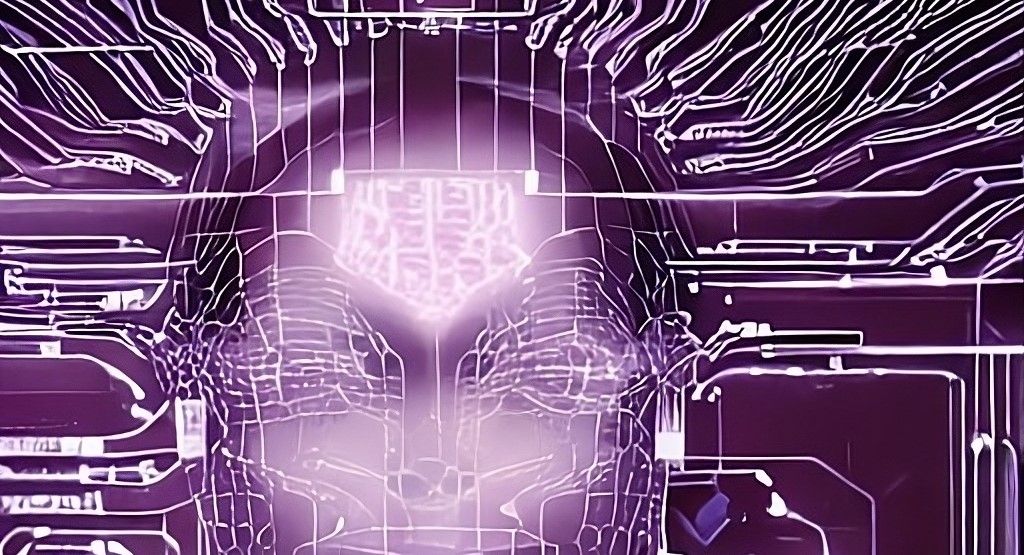Decoding the world of AI models

This post is part of a series that demystifies the world of AI from a software developer's perspective. In the previous blog post we covered the basics of AI and all the lingo you would hear in the hallways. In this edition we will focus on models and their role in the world of AI.
Introduction
AI is a continually evolving frontier, transforming how we live, work, and communicate. The core of AI consists of a plethora of models and strategies that learn, adapt, and perform tasks, emulating human cognition and decision-making. Among these, Generative Pretrained Transformers (GPT), embeddings models, and DALL·E have been trailblazers. Task completion strategies, such as text completion and chat completion, further enrich AI interactions. In this blog, we will journey through these AI models and strategies, with a secondary focus on how they are reflected in Microsoft's Azure cloud platform services.
What are AI Models?
AI models are mathematical frameworks that enable machine learning algorithms to learn from data, adapt to new inputs, and perform tasks. These models vary in complexity, from relatively simple linear regression models to complex deep learning models, and find applications in a broad range of fields.
Generative Pretrained Transformers (GPT)
You probably by now heard about ChatGPT. It's underlying model is a GPT, an Large Language Model (LLM) developed by OpenAI, and has been instrumental in advancing natural language processing (NLP). As a generative model, GPT generates human-like text by predicting the probability of a word given its preceding context. GPT-4, the latest version, takes NLP capabilities to new heights, generating coherent and contextually relevant responses. In the world of Azure, the Text Analytics API within Azure Cognitive Services uses similar technology to provide key phrase extraction, entity recognition, sentiment analysis, and more. The Azure cloud recently launched Azure Open AI which includes the ability to host your own version of GPT3 and GPT4 amongst others.
Embeddings Models
Embeddings models hold a significant place in NLP, converting words or phrases into numerical vectors. These vectors capture semantic relationships between words, thereby enabling machine learning algorithms to understand text data. Azure's Text Analytics API and Azure Machine Learning utilize similar techniques to provide powerful NLP capabilities and to allow developers to build custom models using embeddings for specific applications, respectively.
DALL·E: The Intersection of Art and AI
DALL·E, another innovation from OpenAI, extends the power of GPT-3 to the field of art, generating unique images from textual descriptions. Although still in limited preview, Azure also offers this text-to-image generation functionality. Furthermore they provide the Azure AI Custom Vision service within Azure Cognitive Services. This allows developers to build and deploy custom AI models for image recognition, a closely related field.
Text Completion and Chat Completion
Models like GPT find significant applications in text completion and chat completion. Text completion involves using an AI model to complete a given text prompt, while chat completion is a dialogue-oriented application, requiring the model to generate a response based on a conversation history. Azure Bot Service and Bot Framework Composer embody these concepts, allowing developers to create conversational agents capable of intelligent and interactive dialogues. As part of the Azure Open AI offering, chat- and text completion is also part of their API.
Interplay between GPT, Embeddings, DALL·E, and Task Completion Strategies
There is a symbiotic relationship between these AI models and strategies. GPT utilizes an embedding layer to convert input words into continuous vectors. DALL·E leverages GPT's language understanding capabilities, while text and chat completion strategies use its language generation ability. In Azure there are many layers of AI ranging from the bare metal infrastructure, to more SaaS based applied AI offerings.
Conclusion
AI models and task completion strategies, especially GPT, embeddings models, DALL·E, text completion, and chat completion, have revolutionized the fields of NLP and generative AI. While our primary focus has been on these models and strategies, we see that services provided by platforms like Azure mirror these advancements and offer a comprehensive suite of AI and machine learning tools. As the landscape of AI continues to evolve, these models, strategies, and their corresponding services will play a crucial role in the development of AI-enabled solutions that enrich our interaction with the digital world.